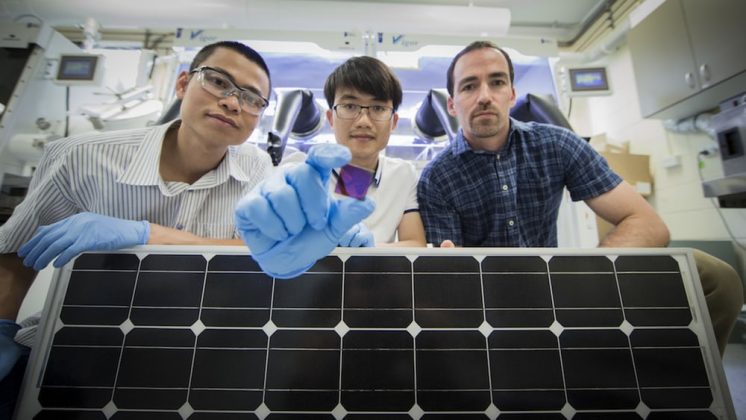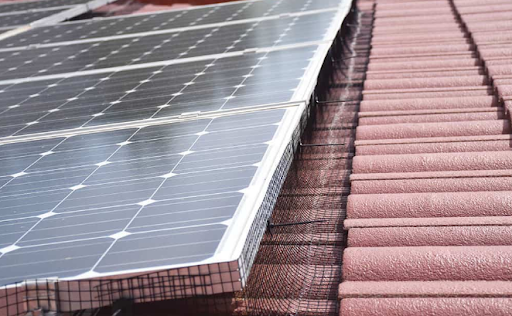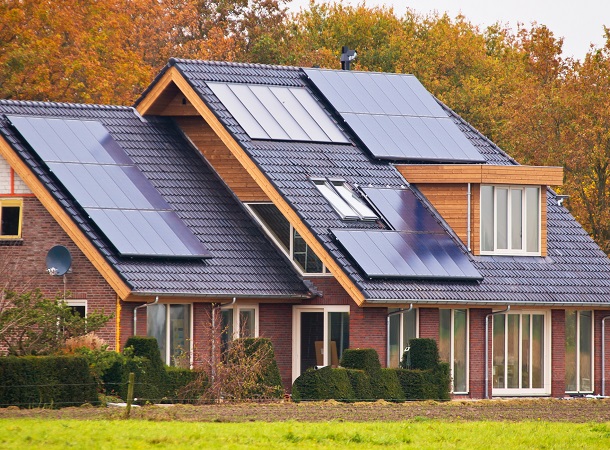
Solar panel technology has made significant advancements in recent years, leading to increased efficiency and improved performance. As solar energy continues to gain popularity as a clean and renewable energy source, staying informed about the latest technological developments is essential. In this blog post, we will explore the cutting-edge solar panel technologies that are revolutionizing the industry, focusing on their efficiency and performance. If you’re looking to harness the power of the sun, these advancements will help you make an informed decision.
Monocrystalline Solar Panels:
Monocrystalline solar panels are known for their high efficiency and sleek design. These panels are made from a single crystal structure, resulting in uniformity and improved electron flow. The advancements in monocrystalline technology have led to increased efficiency levels, allowing panels to convert more sunlight into electricity. With their smaller footprint, these panels are an excellent choice for homes or businesses with limited roof space.
Polycrystalline Solar Panels:
Polycrystalline solar panels are another popular option, offering a balance between efficiency and affordability. These panels are made from multiple silicon crystals, making them less expensive to produce. While slightly less efficient than monocrystalline panels, recent technological advancements have improved their performance. Polycrystalline panels are a cost-effective solution, ideal for larger installations where space is not a constraint.
Thin-Film Solar Panels:
Thin-film solar panels represent a significant breakthrough in solar technology due to their versatility and flexibility. These panels are made by depositing a thin layer of photovoltaic material onto a substrate, such as glass or metal. Thin-film panels are lightweight, making them easier to install on various surfaces, including curved or irregular ones. Although they have lower efficiency compared to crystalline panels, they perform better in low-light conditions and have a lower carbon footprint.
 a
a
Bifacial Solar Panels:
Bifacial solar panels are designed to capture sunlight from both sides, maximizing energy production. These panels have a transparent backsheet, allowing sunlight to pass through and be reflected from the surface beneath. This innovative design enables them to generate electricity from direct sunlight as well as reflected light, such as from the ground or surrounding surfaces. Bifacial panels offer increased energy output, especially in areas with high albedo, such as snow-covered or highly reflective surfaces.
Smart Solar Panels:
The emergence of smart solar panels system has revolutionized the industry, integrating advanced technology for enhanced monitoring and control. These panels are equipped with built-in sensors and communication capabilities, allowing real-time monitoring of energy production and system performance. Smart panels can detect and address issues promptly, optimizing energy generation and ensuring maximum efficiency. Additionally, they enable seamless integration with smart home systems and provide valuable insights into energy consumption patterns.
Conclusion:
As solar energy continues to thrive as a clean and renewable energy source, the latest advancements in solar panel technologies offer exciting possibilities. From monocrystalline and polycrystalline panels to thin-film and bifacial options, each technology brings unique benefits in terms of efficiency and performance. Moreover, the integration of smart features in solar panels enhances monitoring and control, further optimizing energy generation. If you’re considering installing solar panels, exploring these latest technologies will help you make an informed decision and maximize the benefits of harnessing solar power. For more information on solar panel technologies and installations, visit www.sunrunsolar.com.au






